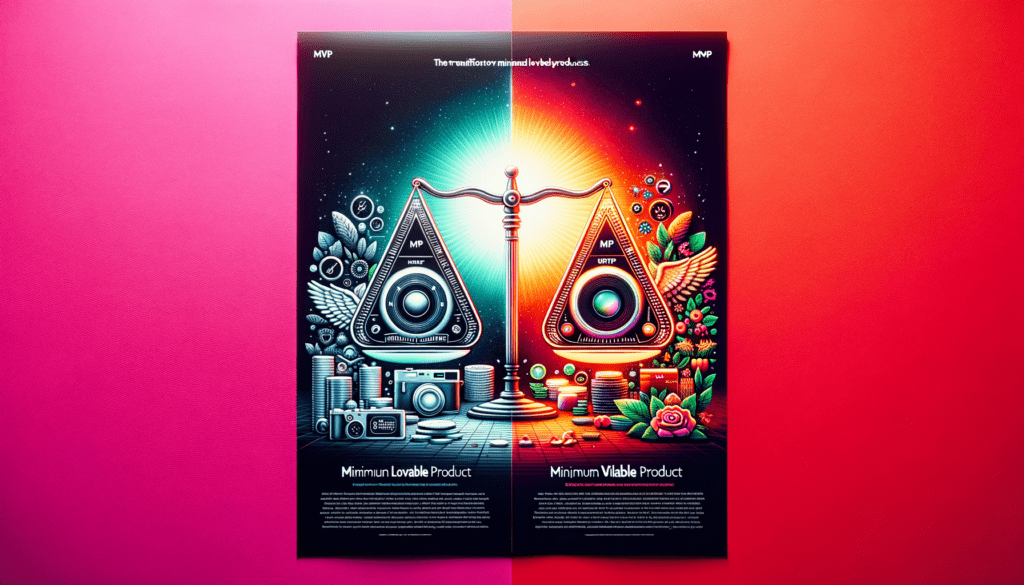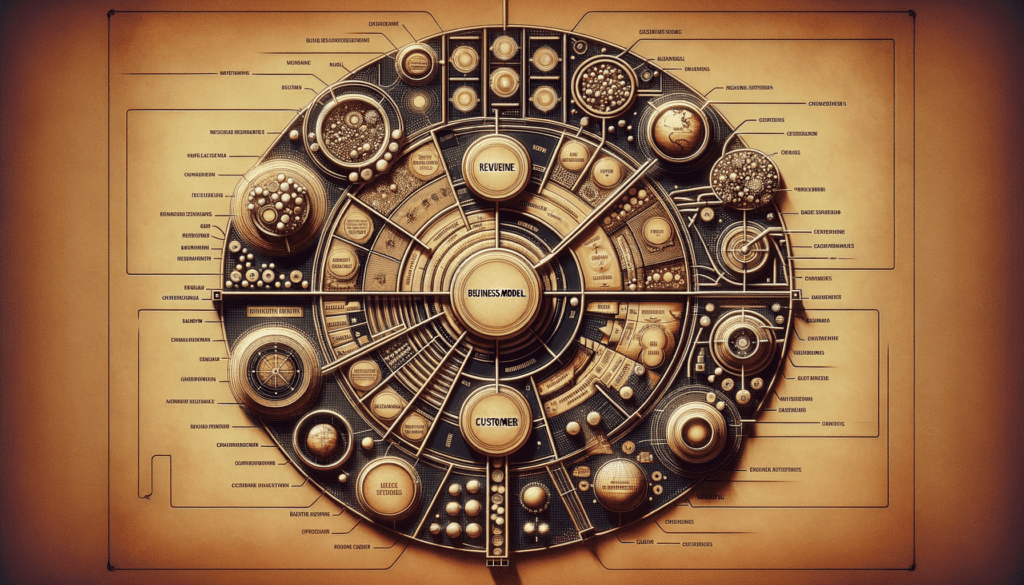In the fast-paced world of product development, simply being viable isn’t enough. Enter the Minimum Lovable Product (MLP), a concept that transcends the traditional boundaries of Minimum Viable Products (MVP).
This article explores the concept of MLP, its advantages over MVP, and why it is crucial for customer satisfaction and business success.
What is a Minimum Lovable Product (MLP)?
A Minimum Lovable Product (MLP) goes beyond the fundamental functionality of an MVP by focusing on creating an emotional connection with users. It aims to foster customer loyalty and advocacy by ensuring that products are not only functional but also delightful.
Key Characteristics of an MLP
- Emotional Connection: Designed to create a meaningful connection with users.
- User Experience: Prioritizes an enjoyable and intuitive experience over mere functionality.
- Delightful Experience: Incorporates unique benefits and personalized features that distinguish the product from competitors.
- Engagement and Retention: Enhances user retention and engagement through delightful experiences.
What is a Minimum Viable Product (MVP)?
A Minimum Viable Product (MVP) is the simplest version of a product intended to gather the maximum amount of validated learning about customers with minimal effort. Key characteristics of an MVP include:
- Basic functionality that addresses core user needs.
- Quick to market to test assumptions.
- Focus on gathering data and feedback.
Key Differences: MLP vs. MVP
Focus on Empathy
The MLP approach emphasizes understanding user desires and exceeding expectations, rather than just meeting basic functionalities. Unlike MVPs, MLPs strive for user delight.
User Experience Priority
An MLP prioritizes user experience as the core of product development. It aims to craft a journey that enhances the overall customer experience.
Long-term Engagement
MLPs encourage ongoing customer engagement and loyalty. The emotional satisfaction derived from an MLP increases the likelihood of repeat usage and advocacy.
Why is an MLP Better than an MVP?
- User Advocacy: MLPs create advocates who promote the product, fostering organic marketing and growth.
- Brand Identity: Focus on emotional appeal helps build a strong brand identity.
- Differentiation: An MLP stands out more effectively in a saturated market.
- Long-term Success: Prioritizing user experience lays a foundation for long-term success.
Benefits of MLPs
Customer Loyalty
Lovable products profoundly impact customer relationships, fostering loyalty and recommendations.
Brand Reputation
Creating products that delight can enhance brand reputation within competitive markets.
Innovative Edge
Focusing on lovable features encourages innovation, leading to creative solutions that resonate with customers.
Implementation Challenges
Team Alignment
It’s crucial for stakeholders to share a common understanding of loveability to avoid inconsistency.
Resource Allocation
Balancing resources between essential features and those that create delight is vital.
Customer Insights
Accurate customer insights are necessary to define what constitutes ‘lovable’, requiring thorough research and audience engagement.
Transitioning from MVP to MLP
- Building on MVP: Transition involves enhancing user experience and adding unique benefits.
- Iterative Improvements: Focus shifts from functionality to interface, improving product standards consistently.
Conclusion
Choosing to invest in a Minimum Lovable Product rather than solely a Minimum Viable Product can yield strategic advantages. MLPs help foster deeper connections with users, enhance brand reputation, and promote long-term customer loyalty. It’s time to re-assess your product development strategies and embrace the MLP approach for sustained success in today’s competitive landscape.





